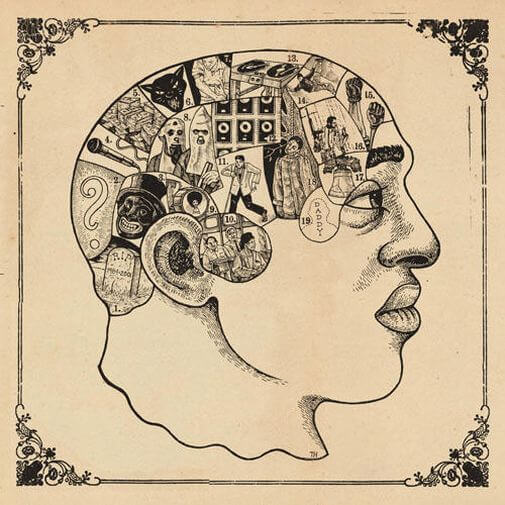At last year’s World Memory Championship in London, German memory athlete Johannes Mallow successfully memorized and recited 1,144 playing cards in perfect order. As impressive as that sounds, he was only the runner-up — Swedish champion Jonas von Essen memorized 1,266 (that’s over 23 full decks). To put that feat into perspective, most of us who don’t dabble in memory athletics likely couldn’t recall more than seven or eight. But a powerful memory doesn’t require hyper-intelligence— Mallow and von Essen are regular people just like you and me, except they’ve mastered a mnemonic technique called the Memory Palace.

Also known as the journey method or the Method of Loci, the Memory Palace is used by almost every serious memory athlete in the game. Its use dates back to the era of ancient Greece and Rome, when orators used the method to help remember their place while delivering extended speeches. But anyone can learn it, and you too can use it to help recall information for anything from history exams to grocery lists.
The first step is picking a place you can instantly imagine in your head. Familiar locations like your job, your bedroom or the house you grew up in serve as solid blueprints around which to construct your unique palace. You’ll then have to decide a singular path you must follow every time you enter your palace. As you travel along your journey (and this is the third step), you’ll deposit mental images that stand in for the information you want to remember.

The more bizarre the images are, the easier it’ll be for your brain to recall them, so practicing the technique is often exceedingly entertaining. For the purposes of this article, I decided to commit to memory the first few presidents in order. My house’s wooden front door immediately reminded me of George Washington’s famous teeth, so that’s where I started.
As I turn the knob and walk inside, a man in a powdered wig greets me. He’s completely naked except for the Declaration of Independence, which dangles precariously in front of his junk (John Adams is Adam from the Bible here, and Jefferson penned the Declaration).
Grimacing, I step awkwardly around the colonial nudist into the living room, wherein sits a sight for sore eyes: Madison Montgomery from American Horror Story smoking a cigarette on the sunlit couch with Marilyn Monroe. Unfortunately, their thick, hazy fumes make me squint (Quincy Adams) and blinded, I drop the $20 (Jackson) I’m holding.
The journey through my presidential palace goes on — getting progressively weirder — and it’s definitely nothing like you, dear reader, would come up with yourself. The unique images that trigger my own memory likely won’t trigger yours in the same way; but what matters is that it works for me, and now I can list the first dozen presidents in chronological order at a whim… not that anyone ever asks me to.
The Memory Palace works so efficiently because the part of your brain which stores memory, the hippocampus, also controls spatial reasoning, or your ability to visualize images with your “mind’s eye.” So there’s a natural connection — one that’s so innate, in fact, that with enough regular practice anyone can memorize dozens of digits of pi or the historical dates of every American war. The Palace isn’t some Jedi mind trick reserved for special geniuses — it’s a handy tool anyone can utilize, like when you’re forced to remember five chapters worth of material for a single test.

In this day and age, we constantly outsource our memory into notebooks, cellphones and hard drives. But your brain needs to exercise too, so there’s no harm in committing something to memory instead of setting a reminder with Siri every once in awhile.
Last semester, I constructed a journey through Stone Age architecture for my Intro to Art History course. Admittedly, at first I felt pretty inane daydreaming to memorize my notes, but building the palace was, at the very least, more fun than poring over 80 flash cards. And I passed the class without writing a single one.



















